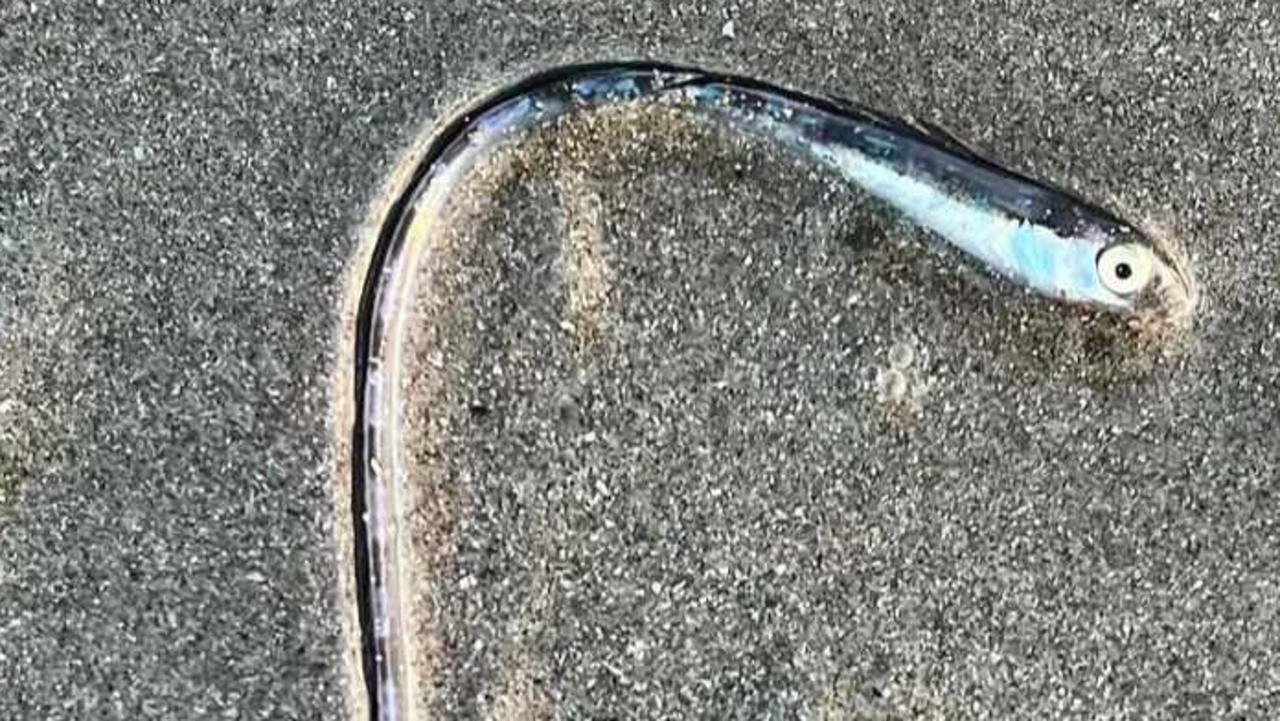Surf Life Saving Queensland shut out of Gold Coast Airport amid claims staff were ‘disinterested’
A WAR of words has broken out between Gold Coast Airport and the lifesaving movement – and the first casualties are international tourists who need the surf safety message the most.

Lifestyle
Don't miss out on the headlines from Lifestyle. Followed categories will be added to My News.
A WAR of words has broken out between Gold Coast Airport and the lifesaving movement – and the first casualties are international tourists who need the surf safety message the most.
For the first summer in decades, lifesavers have been shut out of the airport and are not greeting flights into the Gold Coast with flyers promoting the “swim between the flags’ ’ message.
Gold Coast Airport says it has taken the tough-love stand because they claim Surf Life Saving Queensland representatives were “ad hoc’’ and “generally disinterested’’ in doing their job.
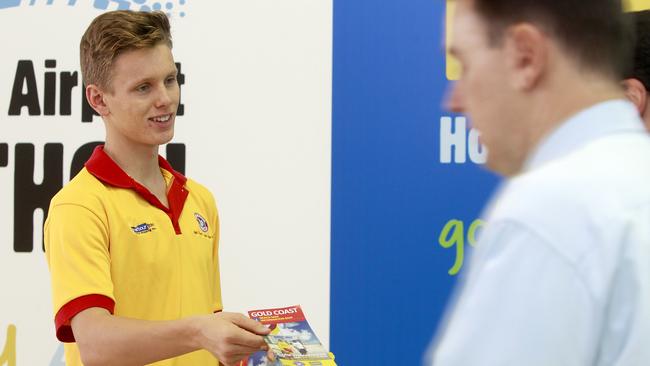
MASS RESCUE AT TALLEBUDGERA CREEK
The row has broken out publicly at a time when the flags message has been challenged by a surf expert and just two weeks after an Indian student drowned at Duranbah beach.
Airport chief operating officer Marion Charlton said SLSQ had been offered valuable advertising space in the terminal to promote its message but had not taken it up.
SLSQ chief operating officer George Hill told the Gold Coast Bulletin the shut-out had “hurt” the organisation.
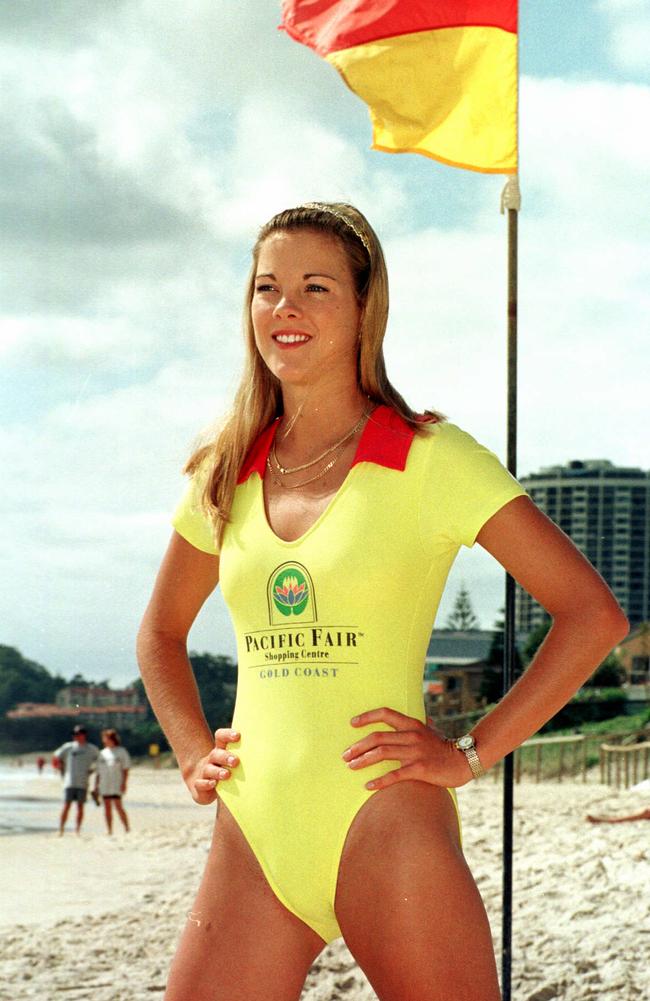
“Management didn’t want us in there so we were asked to leave, so that hurt,” Mr Hill said. “We’ve been at the Gold Coast Airport for 30 years and then we’ve been removed from there (in March), so we haven’t been down there this summer at all.
“That’s been a challenge, but we’re in the Sunshine Coast Airport, we’re in the Cairns Airport, we’ve had a static display at the Brisbane Airport.”
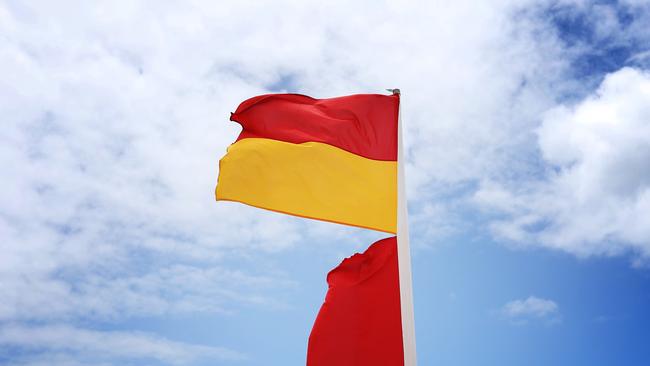
But in a stunning rebuke, Ms Charlton slammed the SLSQ program at the airport as unprofessional and inconsistent.
She said SLSQ staff had worked “limited operational hours”, which meant many tourists missed the message.
“We also expressed concern around the somewhat ad hoc manner in which this (surf safety) brochure was distributed, with personnel regularly observed in the seats chatting, taking a break or looking generally disinterested in the task,” Ms Charlton said.
“We felt strongly this was not an appropriate reflection of the SLSQ brand.
“Gold Coast Airport has been engaged in discussions with SLSQ for some time regarding the greeting service (at the airport), including concerns around the effectiveness of the program.”
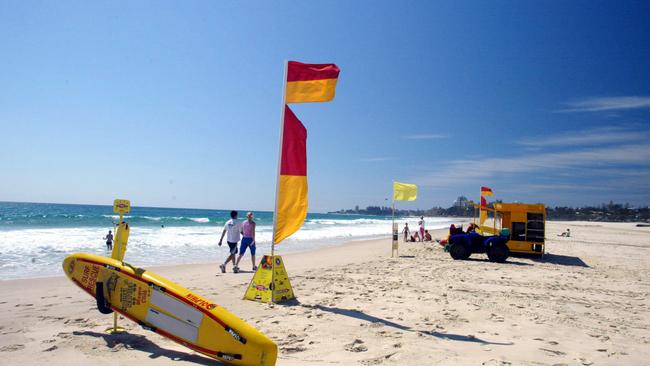
Ms Charlton also criticised the brochure handed to foreign visitors.
“The brochure itself has increasingly evolved to advertising material rather than providing a clear surf lifesaving message,” Ms Charlton said.
She said advertising billboards provided free of charge were a more “professional solution” that was more dependable than staff handing out flyers.
“(The airport) has offered free of charge a number of highly visible quality advertising sites in the terminal to clearly communicate with every arriving passenger the need to swim between the flags,” Ms Charlton said.
“These sites reach both domestic and international passengers, these are sought-after sites from an advertising perspective which the airport is offering to SLSQ free of charge.
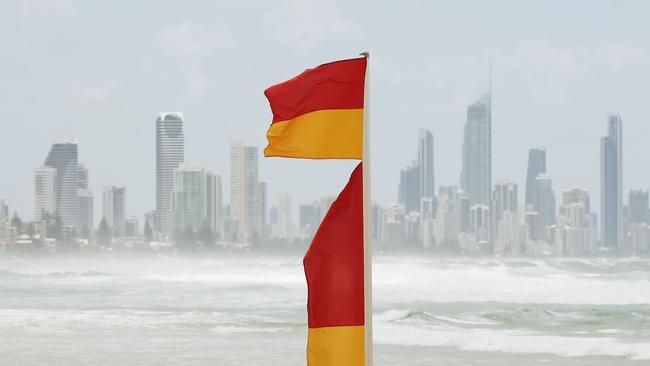
“These sites have been available for SLSQ to utilise for a number of months.”
The surf lifesaving movement has been pushing for the safety message to be shown on international flights into Australia.
A review of Surf Life Saving Queensland data revealed 39 per cent of beach drowning victims in the past decade were international tourists, migrants or other overseas visitors, making them a major at-risk group.
In response to Gold Coast Airport’s stand, Mr Hill said his organisation redirected funds into a “surf crew” car to drive around the Gold Coast to spread the surf safety message.
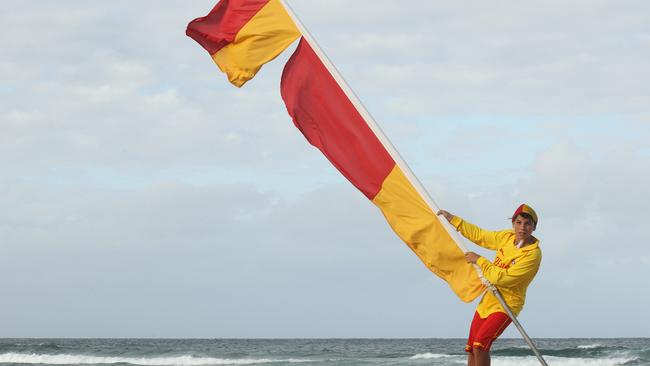
“That’s why we put the surf crew car at Surfers Paradise,” Mr Hill said.
“I mean, it’s not going to saturate every international tourist that comes through the gates but it’s a help.”
He said SLSQ representatives had used down time between flights to take their breaks.
SLSQ believed direct engagement was the best way to get the safety message across.
“Billboard advertising does not engage with tourists and potential beachgoers to the same level, or effectiveness, as face-to-face contact does,’’ he said.
But SLSQ agreed fixed or electronic billboards could support direct engagement.
Mr Hill said the brochures had featured maps showing patrolled beaches, and multi-lingual messages about patrols, flags and rips.


